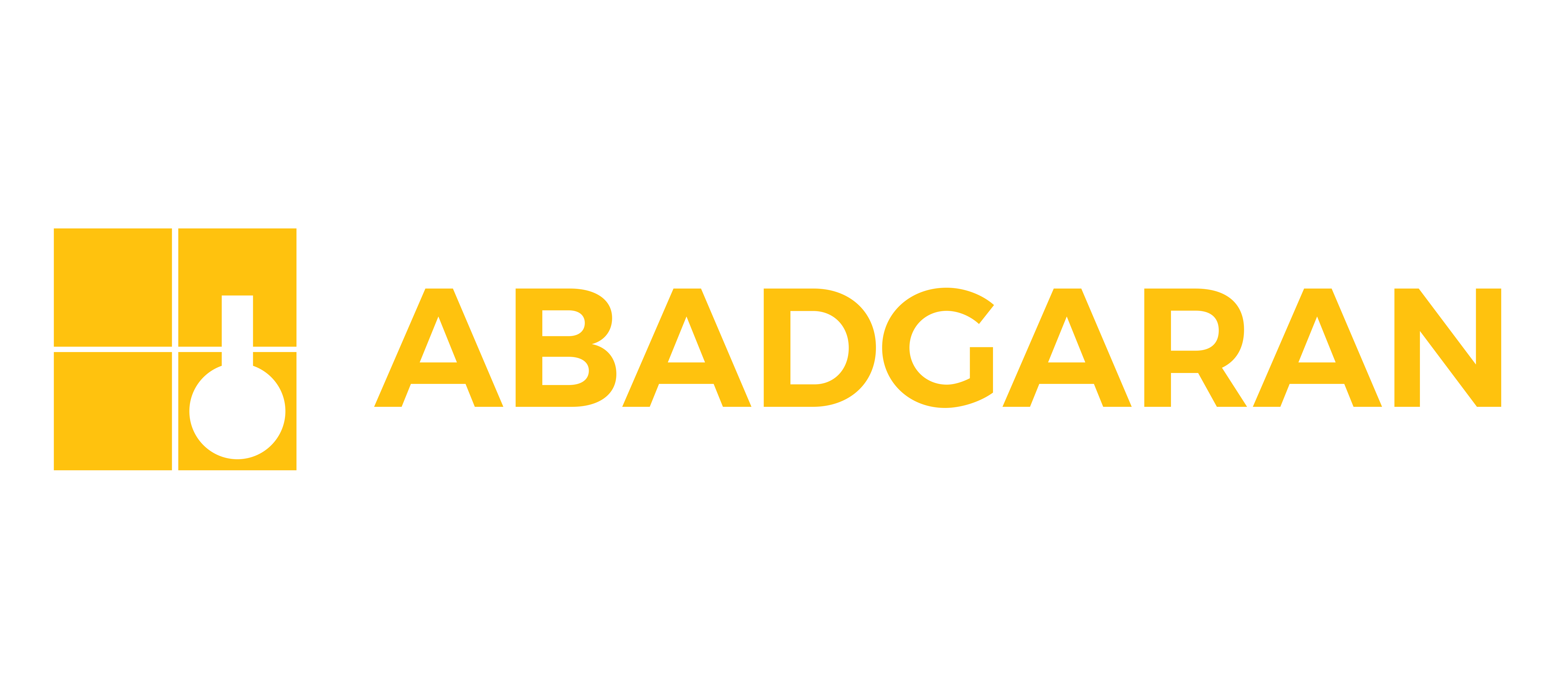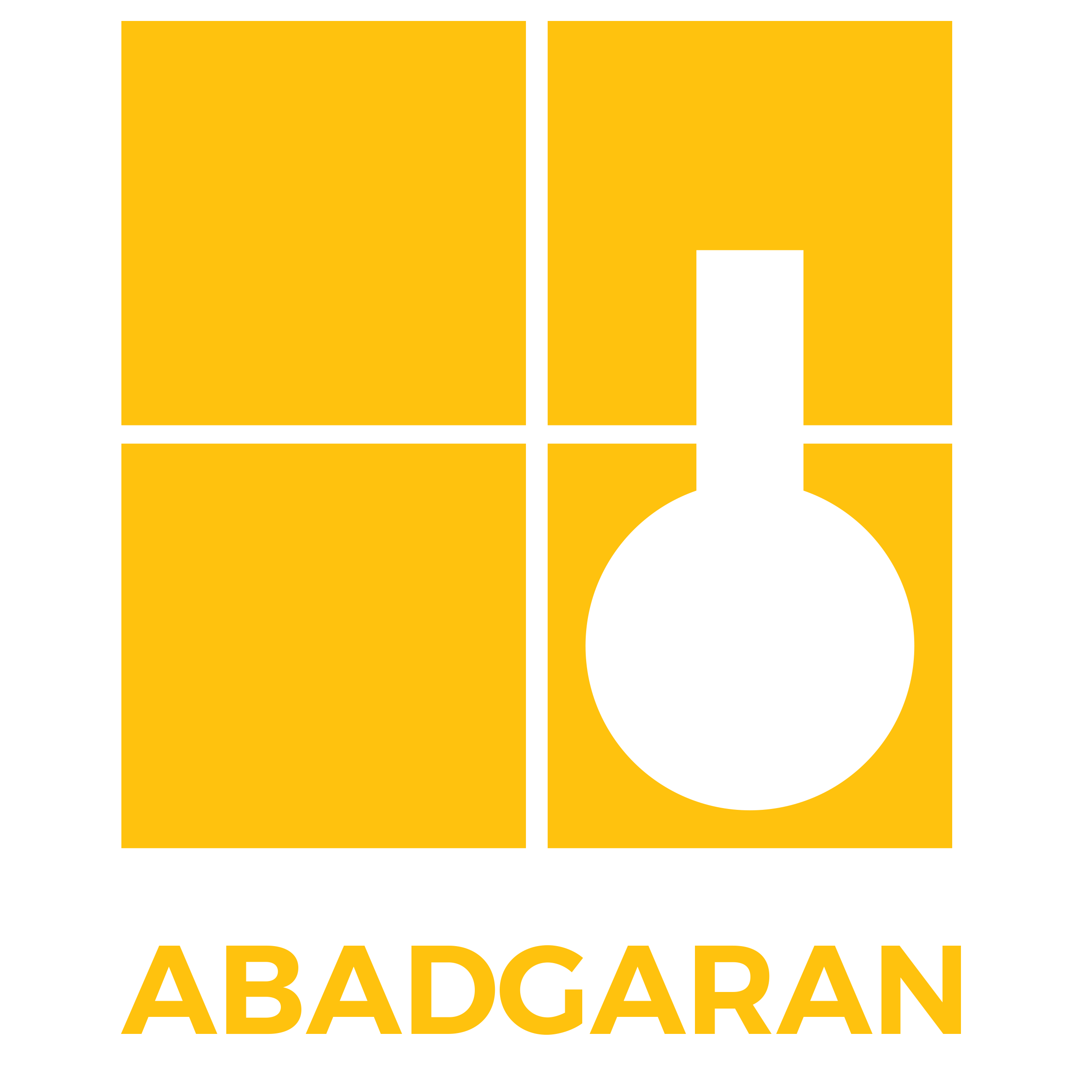
Please wait, loading...

Please wait, loading...

![]()

Corrosion protection of metal surfaces is essential to prevent the deterioration of product and structural performance, as well as to avoid serious economic damage and safety hazards. The application of corrosion protection coatings must always be carried out under optimal environmental conditions, considering the possibility of sudden weather changes.
What is Corrosion?
According to ISO 8044, the International Organization for Standardization defines corrosion as the chemical interaction between a metal and its environment. It is an irreversible natural process that leads to the gradual and continuous degradation of metals, resulting in the loss of their physical properties. The combination of metal with other elements, especially oxygen—which has been removed during metallurgical processes using energy (electrical, chemical, or thermal)—is known as anti-metallurgical corrosion.
There are many causes of oxidation and corrosion, but the most common is the attack by atmospheric agents or corrosive fluids that come into contact with metal surfaces.
Although corrosion can affect different materials, it is most commonly associated with metal substrates, as stated in the standard—especially metals and their alloys, even those that naturally form a passive layer. Corrosion particularly affects carbon steel, stainless steel, and aluminum alloys in the form of sheets, extrusions, and profiles.

What is a Corrosive Environment?
A corrosive environment refers to the surroundings in which structures and facilities requiring corrosion protection are located. Due to the wide variety of variables in such environments, they must be protected using various coating systems designed to help prevent corrosion.
Corrosion Environments and Mechanisms
Corrosion environments and mechanisms can be classified based on the environmental factors where corrosion occurs:
Environmental factors influencing corrosion vary under different climatic, geographic, industrial, or marine conditions. The combination of aggressive chemicals and high humidity can lead to rapid metal deterioration due to the formation of a thin liquid film that acts as an electrolyte, significantly impacting the corrosion rate. This film forms when the environment reaches the critical humidity threshold.

Types of Environments (for Corrosion Classification):
Environmental Factors Affecting Corrosion:
For atmospheric corrosion evaluation, key factors include temperature, relative humidity, and wet time (the period during which a metal surface is likely covered with an electrolyte layer that promotes corrosion). Typically, atmospheric corrosivity is calculated by summing the hours during which relative humidity exceeds 80% and temperature is above 0°C.

Using Munters equipment, relative humidity can be reduced to 45–50%, preventing steel corrosion. This significantly reduces damage and maintenance costs by eliminating the electrolyte necessary for corrosion.

Environmental Factors Affecting Corrosion-Resistant Coatings
According to the Protective Coatings Handbook for inspection and maintenance, cold air, high humidity, water, fog, frost, rain, ice, and snow are harmful environmental factors affecting coating performance. Therefore, manufacturers' instructions and industry standards provide guidelines for environmental conditions during application and curing. Failure to comply with these conditions results in coating failures.
Five critical environmental factors to monitor during coating application and curing include:
Corrosion Protection for Concrete Structures
Concrete structures in corrosive environments (e.g., exposure to chemicals, UV radiation, etc.) also require strong protective layers. In addition to cathodic protection methods, epoxy-based coatings are a commonly used solution.
ABADUR HP-350 High-Performance Epoxy Coating
ABADUR HP-350 is a two-component epoxy paint based on modified polyamine designed for corrosion protection of various surfaces. It is formulated to be applicable on damp surfaces and does not require a primer or topcoat. ABADUR HP-350 is suitable for use in tanks containing chemicals, wastewater, and environments requiring high adhesion, chemical resistance, and abrasion resistance.
ABADUR PRO-20 Epoxy Coating
ABADUR PRO-20 is a two-component solvent-free epoxy paint based on modified polyamine, designed to protect various surfaces. The use of high-quality raw materials in this corrosion protection coating enables it to be applied without a primer, offering excellent durability and performance.